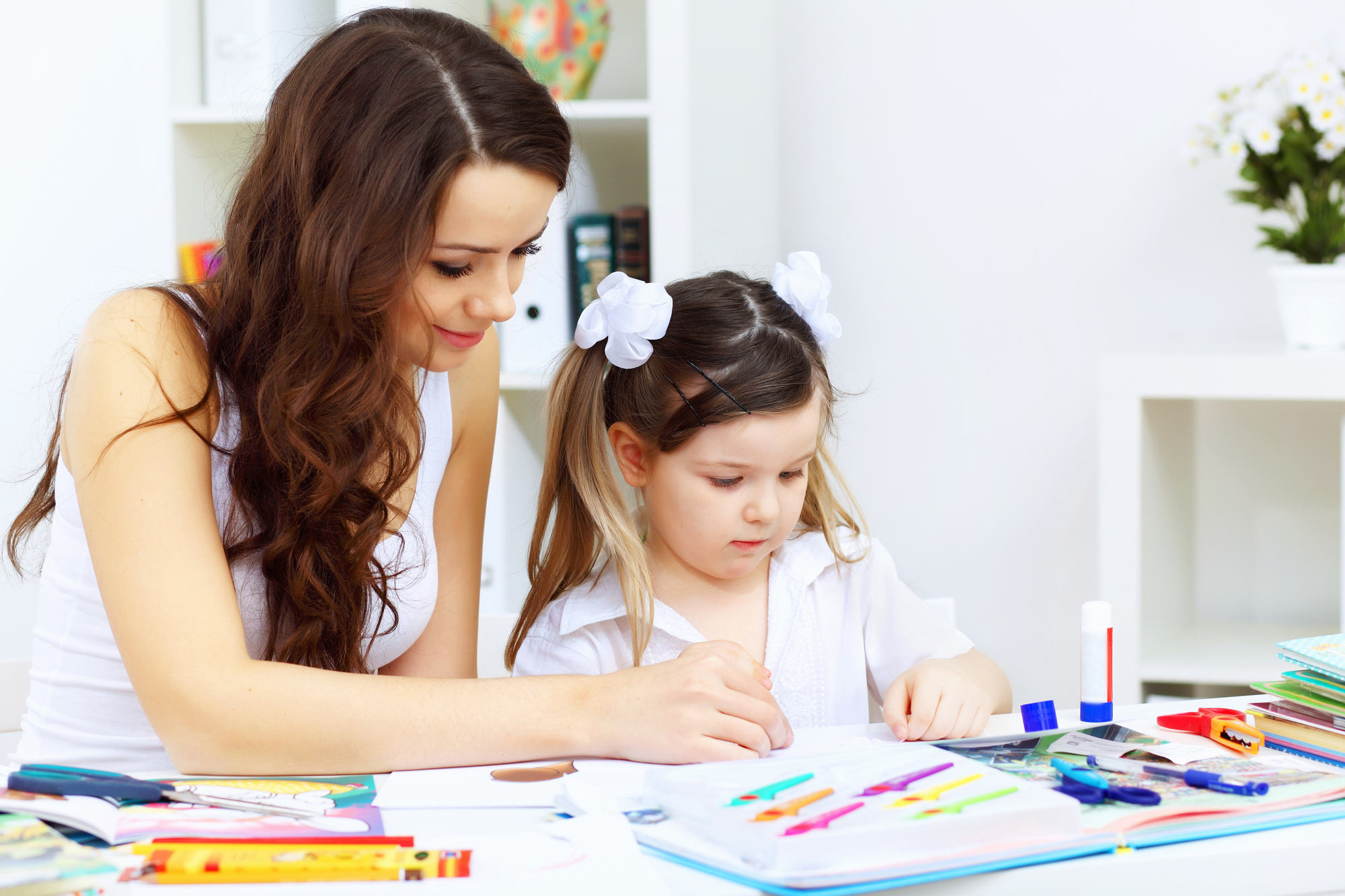Every parent knows the feeling—that moment at morning drop-off when you gently let go of your child’s hand and hope they feel safe, seen, and ready for the day ahead. But what if that brief goodbye was more than just routine? In Early Childhood Education and Care (ECEC), the drop-off isn’t just a transition—it’s the foundation of a child’s sense of belonging. It’s where trust begins to grow, where children learn that new environments can be safe, and where relationships start to form. And as research continues to show, these early moments have a lasting impact on how children learn, explore, and connect with the world around them.
“Children don’t say, ‘I had a hard day, can we talk?’ They say, ‘Will you play with me?’”
— Lawrence Cohen, PhD
From the very beginning of life, relationships matter. They shape our sense of self, our place in the world, and our ability to grow. For children, especially in their early years, the way they experience relationships—through their parents, caregivers, and environments—teaches them what it means to belong. And that sense of belonging doesn’t just feel good; it becomes the foundation of who they are and who they will become.
Why Belonging Matters from Day One
In Maslow’s hierarchy of needs, the need for love and belonging is considered a core human motivation—just one step above our need for food, water, and safety. It sits at the very centre of what it means to feel whole and human. According to Maslow, a child cannot fully trust the world, build self-esteem, or achieve a sense of fulfilment unless they first feel that they belong.
This is especially true in Early Childhood Education and Care (ECEC) settings. Children thrive in environments where they feel safe, seen, and connected. Belonging empowers them to explore, to try and fail without fear, and to build the meaningful relationships that shape their understanding of the world.
Building Bridges: The Role of Parents and Educators
Belonging doesn’t happen by accident—it is built through consistent, genuine relationships. In ECEC settings, it takes a shared effort between educators, families, and children. Everyone plays a role—and those roles work best when played together.
When a parent enters a new early learning environment, their child is watching closely. They notice everything: who their parent speaks to, the tone of their voice, their body language, even how confidently they release their child’s hand. If a parent hesitates or holds back, the child often mirrors this hesitation. If a parent connects warmly and confidently, the child absorbs that message too: “You’re safe here.”
Visit days—before formal enrolment begins—are a vital part of establishing this trust. These are opportunities for both parents and children to explore the space, meet educators, and begin forming attachments. Parents can share valuable information about their child’s needs, personality, or family context. Meanwhile, children begin to recognise safe spaces, familiar faces, and small routines. Even knowing where their water bottle is kept becomes an anchor of comfort.
Partnerships in Practice: What Belonging Looks Like in ECEC
Educators are intentional in creating welcoming environments. They actively seek partnerships with parents, not as a formality, but as a cornerstone of quality education. The Department of Education, Employment and Workplace Relations (DEEWR, 2009) outlines what these partnerships look like in action:
-
Valuing each other’s knowledge of the child
-
Respecting each other’s roles in the child’s life
-
Establishing mutual trust
-
Communicating openly and respectfully
-
Sharing insights and perspectives
-
Making shared decisions about the child’s learning and development
These are not just checkboxes. They’re the fabric of strong, respectful relationships—and children benefit most when they are present.
Communication: The Glue That Holds It All Together
There’s no such thing as too much communication when it comes to supporting a child’s learning and development. Whether it’s a quick morning chat, a detailed email, an app update, or a scribbled note left on a clipboard, every piece of information builds a clearer picture of the child and their world.
When educators are informed, they can tailor their care and education more effectively:
-
When they know what sparks a child’s joy, they can design engaging, meaningful learning experiences.
-
When they know about allergies or food intolerances, they ensure safety while weaving those needs into the learning space.
-
When they know a child is struggling with big emotions or going through a family change, they can offer comfort, consistency, and tailored support.
-
When they’re looped in on a therapy goal or specialist focus, they can integrate it into the child’s daily rhythm.
All of this begins with communication—and it’s sustained by ongoing collaboration.
Children Thrive on Familiarity and Trust
We often forget how deeply children rely on subtle cues to feel safe. Imagine starting a new job in a new building where you don’t know where anything is—not even the coffee mugs. You’d likely feel cautious, unsure, maybe even anxious. But after a few days, once you know your way around and start bonding with colleagues, things begin to feel easier.
Children are no different. They need familiar faces, predictable routines, and emotionally responsive adults. Once they feel safe, they’ll begin to explore, learn, and shine.
A Shared Journey
Relationships aren’t static. They evolve with time, effort, and intention. A strong beginning is important, but so is the commitment to keep growing together. Educators and parents are co-pilots in a child’s early journey. When they share knowledge, work together, and nurture trust, they create a deeply supportive space where children feel like they truly belong.
And in that space—where children are seen, heard, and valued—they thrive.
💡 Parent Takeaway: 5 Ways to Foster Belonging
-
Visit Early, Visit Often: Make the most of orientation visits to build familiarity.
-
Share openly: Talk about your child’s routines, fears, and favourite things.
-
Model Trust: Show warmth and confidence when interacting with educators.
-
Stay Connected: Use the communication tools offered by your ECEC centre.
-
Be Present: Even short daily check-ins help your child feel secure.
Belonging isn’t just about fitting in. It’s about being embraced for who you are, and knowing you matter.
In early childhood, this sense of belonging becomes the launchpad for lifelong learning, resilience, and connection. And it starts with us—parents, carers, and educators—working together.
—
Written by Cassandra Button, Sprouts Consultancy
Cassandra www.sproutsconsultancy.com
Cassandra Button is the founder of Sprouts Consultancy and has extensive experience in Early Childhood Education and care settings, by means of working within Early Childhood centres, Being a Mentor and Consultant for the Early Childhood Sector. She is a big advocate for all children having access to the highest quality of education and care and Parents being their child’s first and most important teacher.
Learn more on
Maslow Hierarchy: https://www.simplypsychology.org/maslow.html
Belonging Being, Becoming. Early Years learning Framework: https://www.acecqa.gov.au/sites/default/files/2018- 02/belonging_being_and_becoming_the_early_years_learning_framework_for_austr alia.pdf









